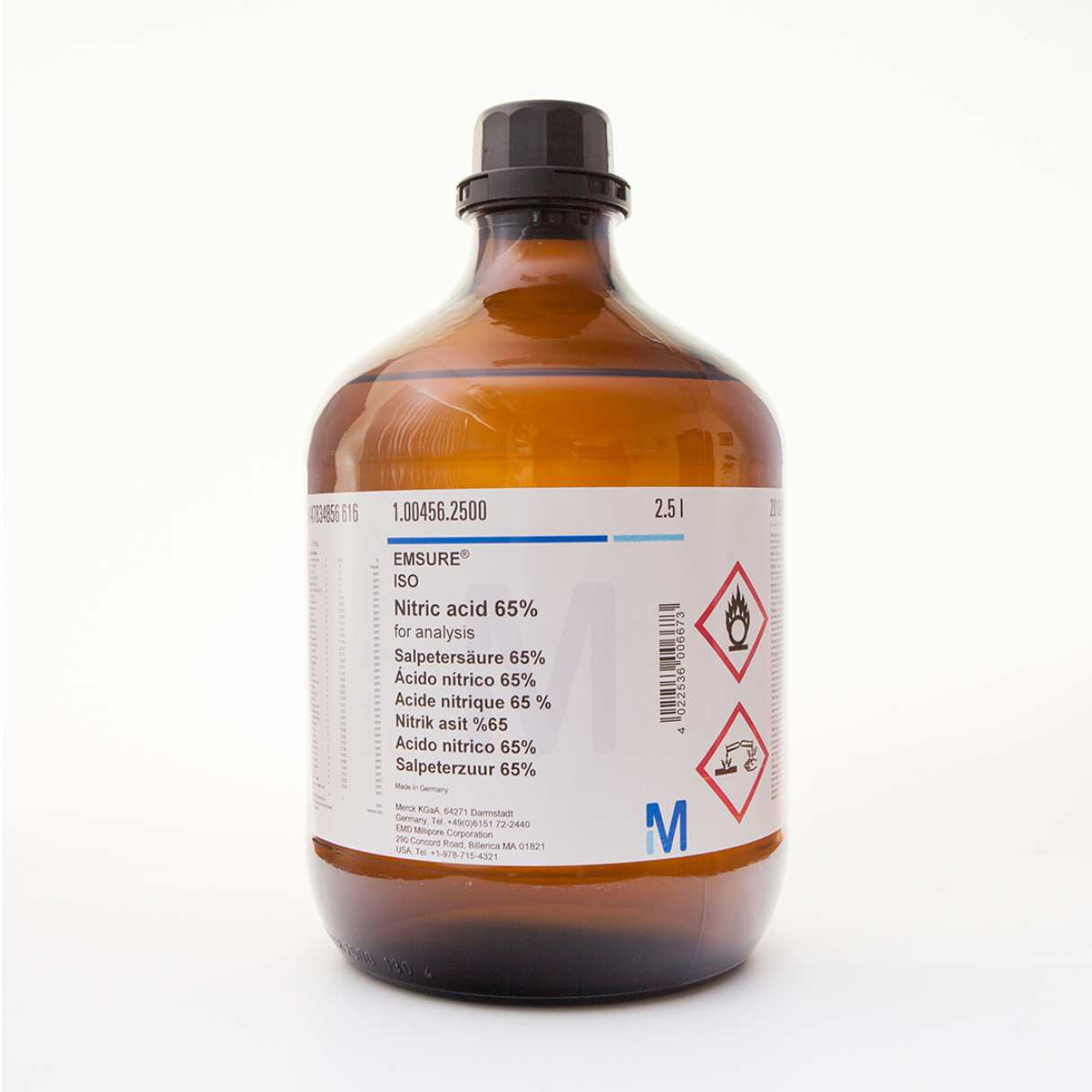

Articles
How To Store Nitric Acid
Modified: December 7, 2023
Discover the proper way to store nitric acid with this informative article. Ensure safety and prevent accidents by following these guidelines.
(Many of the links in this article redirect to a specific reviewed product. Your purchase of these products through affiliate links helps to generate commission for Storables.com, at no extra cost. Learn more)
Introduction
Nitric acid is a highly corrosive and potentially hazardous chemical compound commonly used in various industrial applications. It is widely used in laboratories, manufacturing facilities, and chemical plants for a range of purposes, including metal etching, fertilizer production, and the manufacture of explosives.
While nitric acid is a powerful and versatile chemical, it is important to handle, store, and dispose of it responsibly to ensure the safety of workers and prevent any potential harm to the environment. This article will provide you with valuable insights and guidelines on how to store nitric acid safely and efficiently.
By following the proper storage procedures, you can minimize the risks associated with handling nitric acid and maintain a secure work environment. Whether you are a laboratory technician, a chemical engineer, or just someone who needs to store nitric acid for any reason, this article will equip you with the knowledge and tools you need to do so effectively.
Before we delve into the specifics of how to safely store nitric acid, it is crucial to understand the characteristics and potential hazards associated with this chemical compound.
Key Takeaways:
- Safely storing nitric acid requires understanding its properties, choosing the right container, and following strict safety precautions to prevent accidents, spills, and exposure.
- Proper handling, transportation, and disposal of nitric acid are essential for minimizing risks and ensuring a safe and secure environment in industrial settings.
Read more: How To Store Acid
Understanding Nitric Acid
Nitric acid, also known as aqua fortis or spirit of nitre, is a highly corrosive and strong oxidizing agent. It is a colorless liquid with a pungent odor and is commonly found in concentrations ranging from 60% to 70%. Nitric acid is produced by the oxidation of ammonia and is composed of nitrogen, oxygen, and hydrogen atoms.
One important property of nitric acid is its corrosive nature. It can react with various materials, including metals, organic compounds, and even some plastics. This reactivity makes it crucial to handle nitric acid with utmost care and store it properly to prevent accidental spills or leaks that could cause damage to the surroundings and pose serious health risks.
Another significant characteristic of nitric acid is its oxidizing properties. It has the ability to release oxygen atoms, which can accelerate the combustion of flammable substances. Nitric acid should be stored away from any flammable materials to avoid potential fire hazards.
In its concentrated form, nitric acid can create toxic fumes when it comes into contact with other substances, such as various metals and organic compounds. These fumes can be extremely harmful when inhaled, leading to respiratory issues and other health problems. Therefore, it is crucial to handle nitric acid in a well-ventilated area and wear appropriate personal protective equipment (PPE) when working with it.
Understanding the properties and potential hazards of nitric acid is essential before storing it. By knowing its reactivity, corrosiveness, and oxidizing properties, you can make informed decisions regarding the storage and handling procedures required to maintain a safe and secure environment.
Next, we will explore the safety precautions that need to be followed when dealing with nitric acid.
Safety Precautions
When working with nitric acid, it is vital to prioritize safety to protect yourself and those around you. The following safety precautions should be followed when handling and storing nitric acid:
- Personal Protective Equipment (PPE): Always wear appropriate PPE, including safety goggles, gloves, and a lab coat or chemical-resistant clothing. These protective gears can shield your eyes, skin, and clothing from potential splashes or contact with nitric acid.
- Ventilation: Work in a well-ventilated area to minimize exposure to toxic fumes. Use fume hoods or exhaust systems to remove any hazardous gases released during handling or storage.
- Avoidance of Contact: Avoid direct skin contact with nitric acid. In case of accidental contact, immediately flush the affected area with water for at least 15 minutes and seek medical attention if necessary.
- Separation from Incompatible Materials: Store nitric acid away from flammable substances, organic materials, and reducing agents. Keep it separate from household chemicals, fuels, and reactive metals to prevent potential chemical reactions and fire hazards.
- Storage Location: Choose a well-ventilated, cool, and dry storage area for nitric acid. Avoid storing it near direct heat sources or in areas with extreme temperature fluctuations. Ensure the storage space is secure and inaccessible to unauthorized personnel.
- Proper Labeling: Clearly label the containers holding nitric acid with appropriate hazard warnings and storage instructions. This will help identify the contents and potential risks associated with the chemical, ensuring safe handling and storage.
- Emergency Preparedness: Have a well-defined emergency plan in place in case of accidental spills, leaks, or exposure to nitric acid. Ensure that all employees or individuals working with nitric acid are aware of the emergency procedures and know how to use safety equipment such as emergency showers and eyewash stations.
By following these safety precautions, you can minimize the risks associated with handling nitric acid and create a safer working environment for yourself and others. Remember, safety should never be compromised when working with hazardous chemicals like nitric acid.
Next, let’s move on to understanding the importance of choosing the right container for nitric acid storage.
Choosing the Right Container
When it comes to storing nitric acid, selecting the appropriate container is crucial for maintaining its integrity and ensuring safety. The container should be able to withstand the corrosive nature of nitric acid and prevent any leaks or spills. Here are some considerations when choosing the right container:
- Material: Nitric acid is highly corrosive, so it is important to choose a container made of a material resistant to its corrosive properties. Recommended materials include high-density polyethylene (HDPE), fluorinated plastics (such as polyvinylidene fluoride or PVDF), or stainless steel. Avoid containers made of glass, certain metals like aluminum or copper, or materials that may react with nitric acid.
- Sealability: The container should have a secure and leak-proof seal to prevent any spills or leaks. Ensure that the lid or cap of the container is tightly sealed.
- Size and Shape: Consider the quantity of nitric acid you need to store and choose a container that can accommodate the volume. Additionally, consider the shape of the container for efficient storage and handling. For larger quantities, consider using storage tanks that are specifically designed for chemical storage.
- Compatibility: Determine if the chosen container is compatible with other storage equipment or systems, such as pumps or dispensing units, to ensure seamless and safe handling of the nitric acid.
- Labeling: Clearly label the container with the contents, concentration, date of storage, and any necessary hazard warnings. This will help ensure proper identification and handling of the nitric acid.
- Storage Location: Place the containers in a dedicated storage area away from direct sunlight, heat sources, or areas with extreme temperature fluctuations. This will help extend the shelf life of the nitric acid and minimize any potential hazards.
Remember, it is important to regularly inspect the containers for any signs of damage or degradation. If any container shows signs of wear or corrosion, replace it immediately to prevent potential leaks or spills.
Choosing the right container is essential for the safe storage and handling of nitric acid. By selecting a container made of the appropriate material, ensuring a secure seal, and considering other practical factors, you can maintain the integrity of the nitric acid and reduce the risk of accidents or exposure.
Next, we will explore the proper methods for storing nitric acid to maintain its stability and safety.
Store nitric acid in a cool, dry, well-ventilated area away from direct sunlight and sources of heat. Keep it in a tightly sealed container and separate from organic materials and reducing agents.
Storing Nitric Acid Properly
Proper storage of nitric acid is essential to ensure its stability, prevent leaks or spills, and reduce the risk of accidents. Here are some important guidelines to follow when storing nitric acid:
- Storage Area: Choose a dedicated storage area that is well-ventilated, cool, dry, and away from direct sunlight. Nitric acid should be stored in a separate storage cabinet or room, isolated from other chemicals and flammable materials. This helps to minimize the risk of accidental chemical reactions or fire hazards.
- Temperature Control: Maintain a consistent temperature in the storage area. Nitric acid should be kept away from extreme temperatures, as both high temperatures and freezing temperatures can affect its stability and increase the risk of container failure.
- Secondary Containment: To provide an extra layer of protection, place the nitric acid containers in secondary containment trays or basins. This will help contain any potential spills or leaks, preventing them from spreading to the surrounding area.
- Proper Alignment: Store the containers in an upright position to prevent any leakage. Ensure that the lids or caps are tightly sealed to maintain the integrity of the containers.
- Labeling and Documentation: Clearly label the containers with identifying information such as the date of storage, concentration, and any necessary hazard warnings. Maintain proper documentation and records of the stored nitric acid, including a detailed inventory of quantities and locations.
- Regular Inspections: Regularly inspect the storage area and containers for signs of damage, corrosion, or leaks. Any damaged containers should be replaced immediately.
- Organized Storage: Arrange the nitric acid containers based on their compatibility and order of usage. Keep the containers easily accessible and ensure proper segregation from incompatible materials.
- Training and Awareness: Ensure that all personnel involved in handling and storing nitric acid are properly trained in safety procedures. Regularly conduct training sessions and refreshers to enhance awareness and understanding of the hazards and proper storage practices.
Following these guidelines can help maintain the stability and safety of nitric acid during storage. By providing proper ventilation, temperature control, secondary containment, and regular inspections, you can minimize the risk of accidents and ensure the longevity of the stored nitric acid.
Next, let’s talk about the safe handling and transportation of nitric acid.
Read more: How To Store Hydrochloric Acid
Handling and Transporting Nitric Acid
Handling and transporting nitric acid require careful attention to safety measures to prevent spills, leaks, and exposure. Whether you are moving nitric acid within a facility or transporting it to a different location, here are essential guidelines to follow:
- Personal Protective Equipment (PPE): Always wear proper PPE, including safety goggles, gloves, and a lab coat or chemical-resistant clothing. These protective gears help shield against contact with nitric acid and protect exposed areas of the body.
- Safe Handling: When handling nitric acid, use appropriate tools or equipment to minimize the risk of spills or splashes. Ensure that the containers are securely sealed and not damaged before handling.
- Proper Lifting and Carrying: When moving nitric acid containers, use proper lifting techniques and mechanical aids, such as trolleys or dollies, if necessary. Avoid dragging or throwing the containers, as it can damage them and lead to spills.
- Secure Transportation: If transporting nitric acid to another location, secure the containers in a sturdy, upright position to prevent them from tipping over or falling during transit. Use appropriate transportation containers or vehicles that are specifically designed for chemical transport.
- Separate from Incompatible Materials: During transportation, ensure that nitric acid containers are separated from incompatible materials, such as flammable substances, reactive metals, organic compounds, and reducing agents.
- Proper Labeling and Documentation: Clearly label the containers with the necessary hazard warnings and information, including the contents, concentration, and any handling precautions. Maintain the necessary documentation and paperwork required for transport, such as shipping manifests and safety data sheets (SDS).
- Emergency Preparedness: Be prepared for potential accidents or spills during transportation. Have spill containment materials, such as absorbents and neutralizing agents, readily available. Familiarize yourself with emergency procedures and contacts for handling chemical spills or leaks.
- Compliance with Regulations: Ensure compliance with local, national, and international regulations for the proper handling and transportation of nitric acid. Stay updated on any specific requirements or restrictions that may apply in your region.
Adhering to these guidelines when handling and transporting nitric acid is essential to prevent accidents and exposure to this hazardous chemical. By wearing proper PPE, using safe handling techniques, securing containers during transport, and staying compliant with regulations, you can minimize the risks associated with the transportation process.
Next, let’s discuss the safe disposal of nitric acid.
Disposal of Nitric Acid
Proper disposal of nitric acid is crucial to protect the environment and ensure the safety of individuals involved in waste management. Due to its hazardous nature, nitric acid should never be disposed of improperly or poured down the drain. Here are some guidelines for the safe disposal of nitric acid:
- Neutralization: Nitric acid can be neutralized before disposal to reduce its reactivity. Care should be taken when neutralizing, as the neutralization reaction can release heat and produce toxic gases. Follow established procedures and protocols for neutralization, and ensure the process is carried out in a well-ventilated area by trained personnel.
- Consult Local Regulations: Check local, state, and federal regulations for specific guidelines on the disposal of nitric acid. Different regions may have different requirements and restrictions, so it is important to familiarize yourself with the regulations applicable to your area.
- Professional Assistance: In some cases, it may be necessary to seek professional assistance for the disposal of nitric acid. Contact waste management companies or specialized disposal facilities that are equipped to handle hazardous chemicals and follow proper disposal protocols.
- Labeling and Packaging: Properly label and package the nitric acid waste for disposal. Clearly indicate the contents, concentration, hazard warnings, and any other necessary information on the container or packaging material. This ensures proper identification and handling by waste management professionals.
- Secure Storage: If nitric acid waste needs to be stored before disposal, follow the same storage guidelines as mentioned earlier for storing nitric acid properly. Keep the waste containers separate from other chemicals and flammable materials, and ensure they are securely sealed to prevent any leaks or spills.
- Waste Exchange Programs: Research if there are any waste exchange programs or initiatives in your area that allow for the proper disposal or recycling of nitric acid. These programs aim to reduce waste and promote responsible waste management practices.
- Documentation: Keep proper records of the disposal process, including documentation of the waste type, disposal method, and any necessary paperwork, such as waste manifests or disposal receipts. This helps ensure compliance with regulatory requirements and facilitates the tracking of waste from generation to final disposal.
Remember, improper disposal of nitric acid can have serious consequences for the environment and public health. Always prioritize the safe and responsible disposal of this hazardous chemical to minimize its impact.
Now that we have covered the disposal of nitric acid, let’s summarize the key points of this article.
Conclusion
Proper storage, handling, and disposal of nitric acid are crucial for maintaining a safe and secure environment in industrial settings. By following the guidelines outlined in this article, you can minimize the risks associated with working with nitric acid and prevent accidents, spills, or exposure.
Understanding the characteristics and hazards of nitric acid is the first step in safely storing and handling it. The corrosive and oxidizing properties of nitric acid make it essential to follow strict safety precautions, such as wearing appropriate personal protective equipment (PPE), working in well-ventilated areas, and avoiding contact with incompatible materials.
Choosing the right container is vital for the proper storage of nitric acid. Selecting containers made from materials resistant to corrosion, ensuring secure seals, and proper labeling help maintain the integrity of the chemical and prevent leaks and spills.
When storing nitric acid, it is important to designate a dedicated storage area that is well-ventilated, temperature-controlled, and separate from other chemicals and flammable materials. Regular inspections, proper organization, and adherence to safety protocols contribute to a secure storage environment.
When handling and transporting nitric acid, using appropriate PPE, safe handling techniques, secure packaging, and compliance with regulations are paramount. Proper disposal, whether through neutralization or professional assistance, ensures that nitric acid waste does not pose a risk to the environment or human health.
By following these guidelines, you can safely and responsibly handle, store, and dispose of nitric acid, minimizing the risks associated with this hazardous chemical. Remember to always prioritize safety, stay updated on regulations, and seek professional guidance whenever necessary.
In conclusion, with proper knowledge and adherence to safety procedures, you can effectively handle, store, and dispose of nitric acid, ensuring the well-being of both yourself and the environment.
Frequently Asked Questions about How To Store Nitric Acid
Was this page helpful?
At Storables.com, we guarantee accurate and reliable information. Our content, validated by Expert Board Contributors, is crafted following stringent Editorial Policies. We're committed to providing you with well-researched, expert-backed insights for all your informational needs.
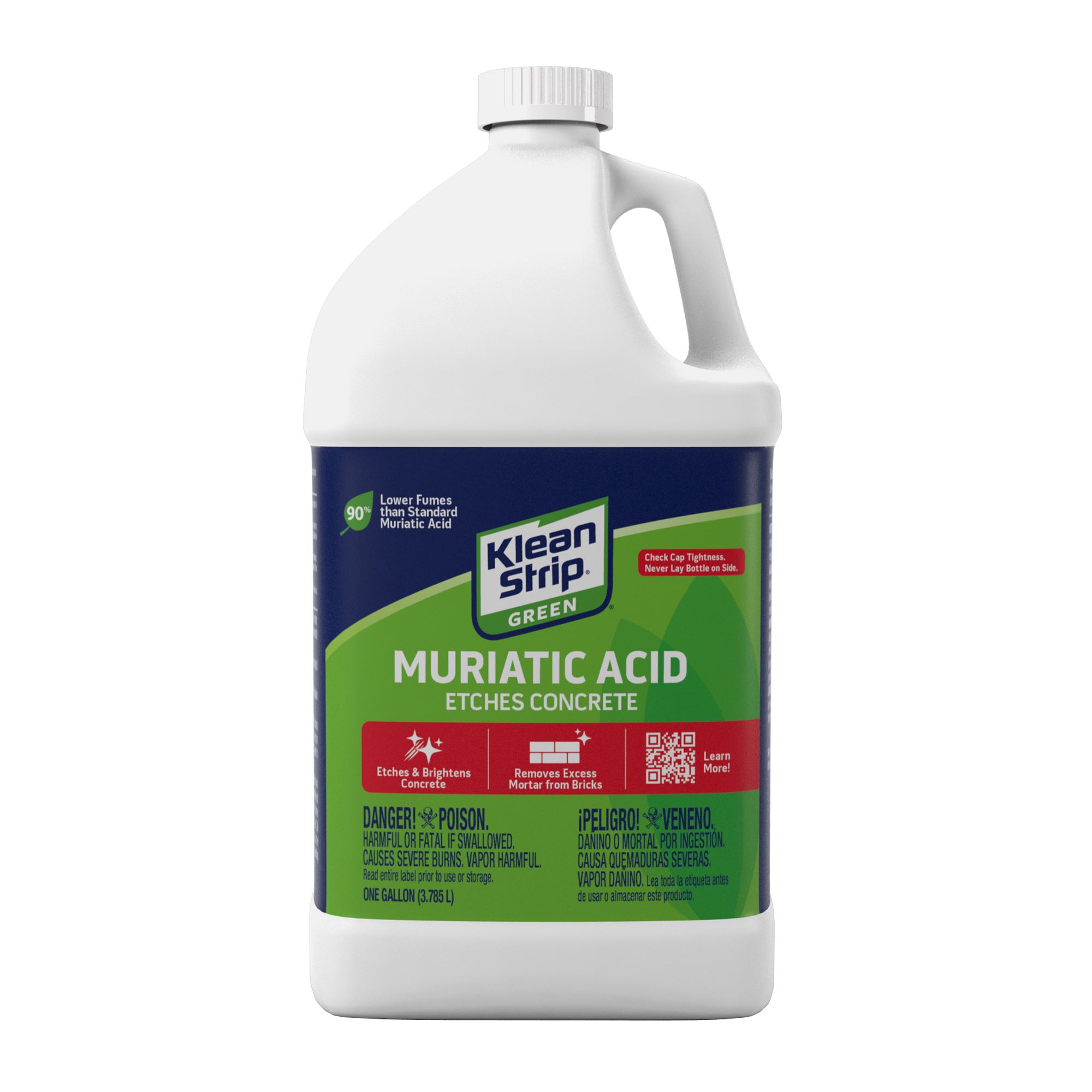
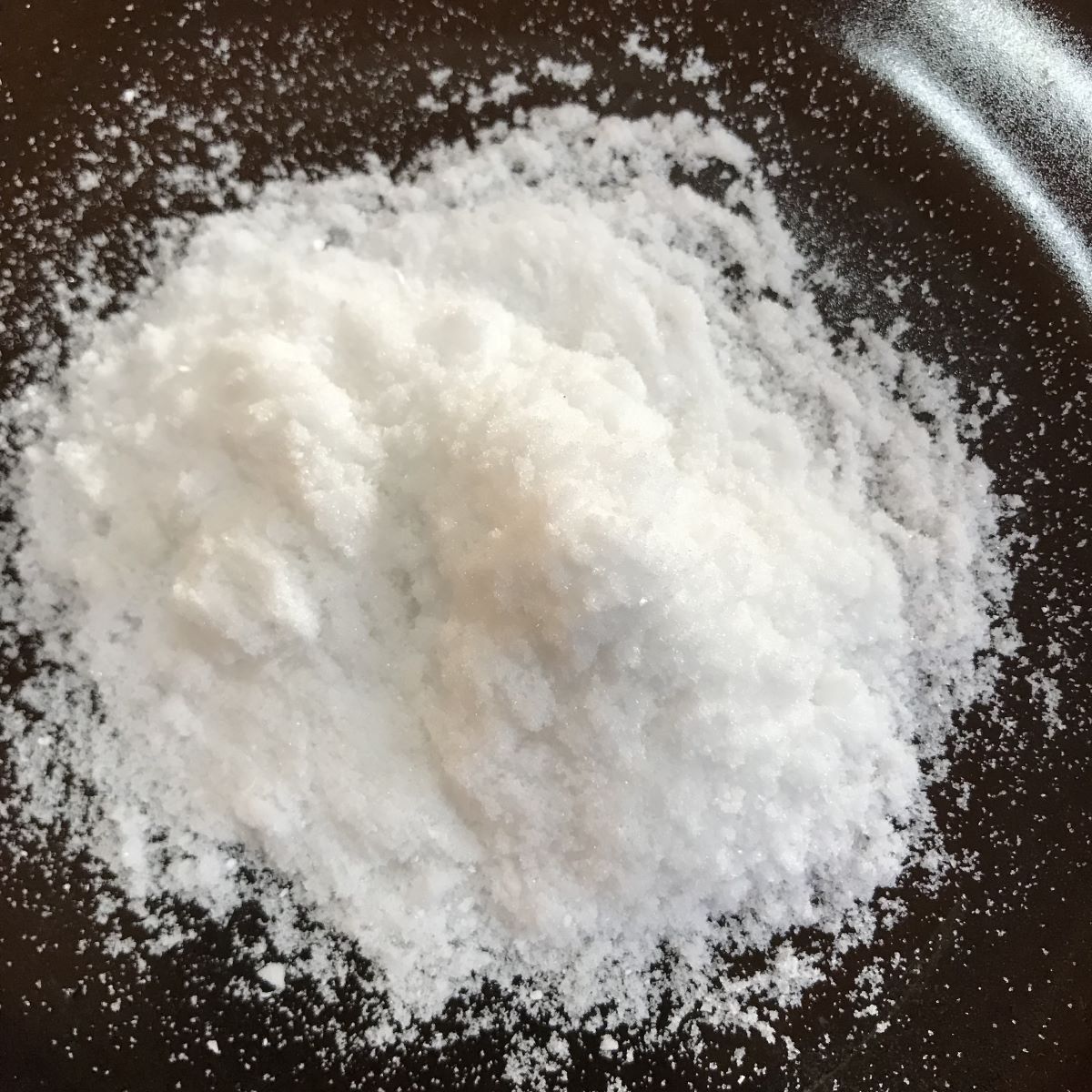
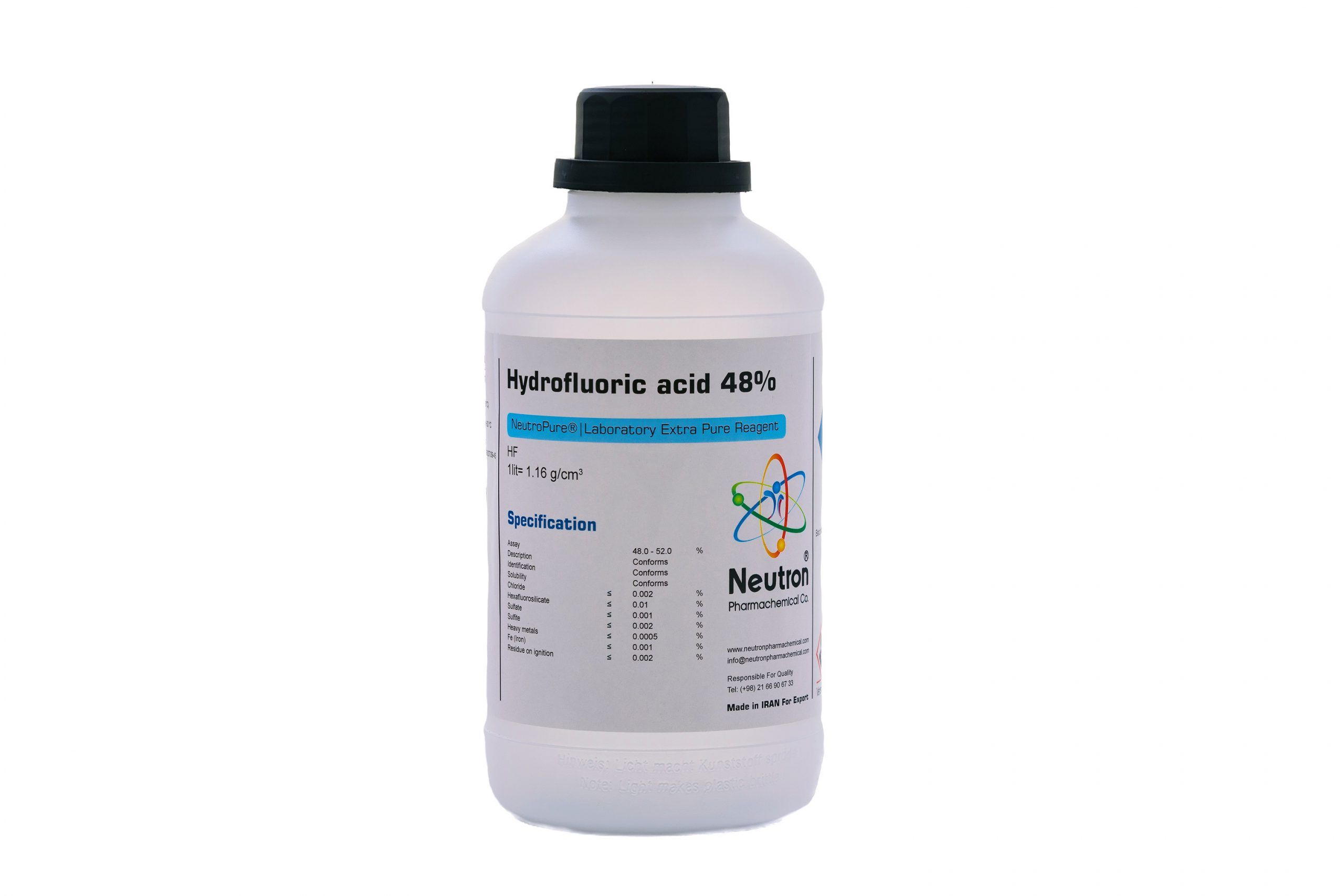
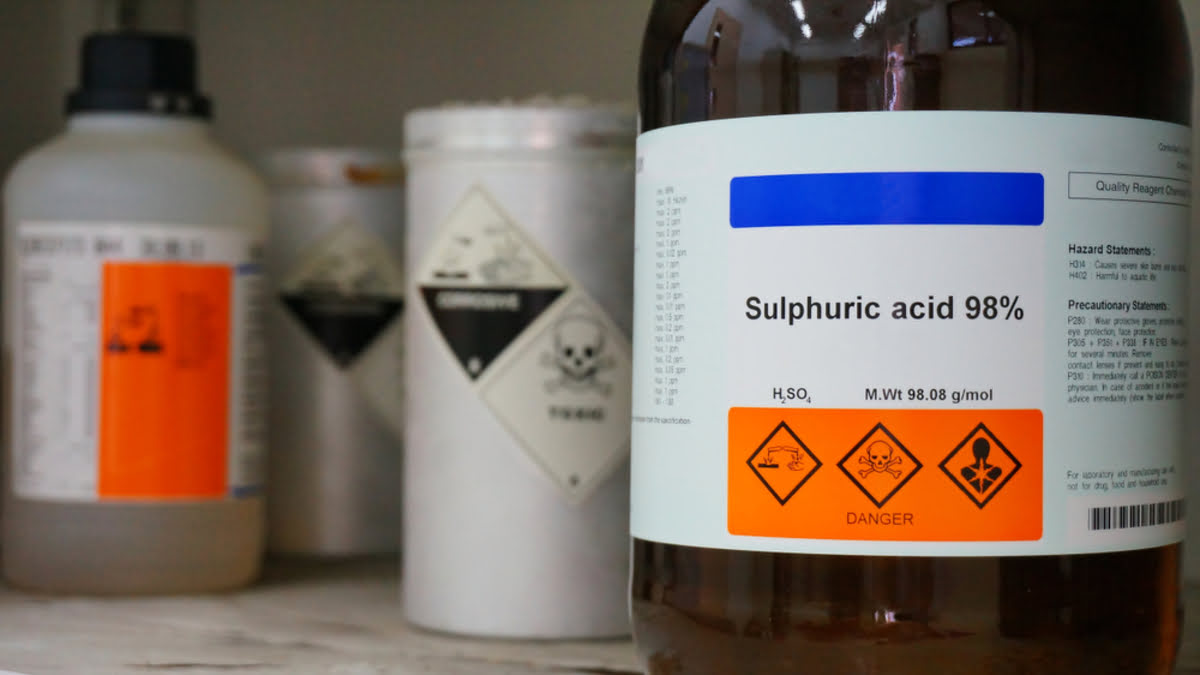
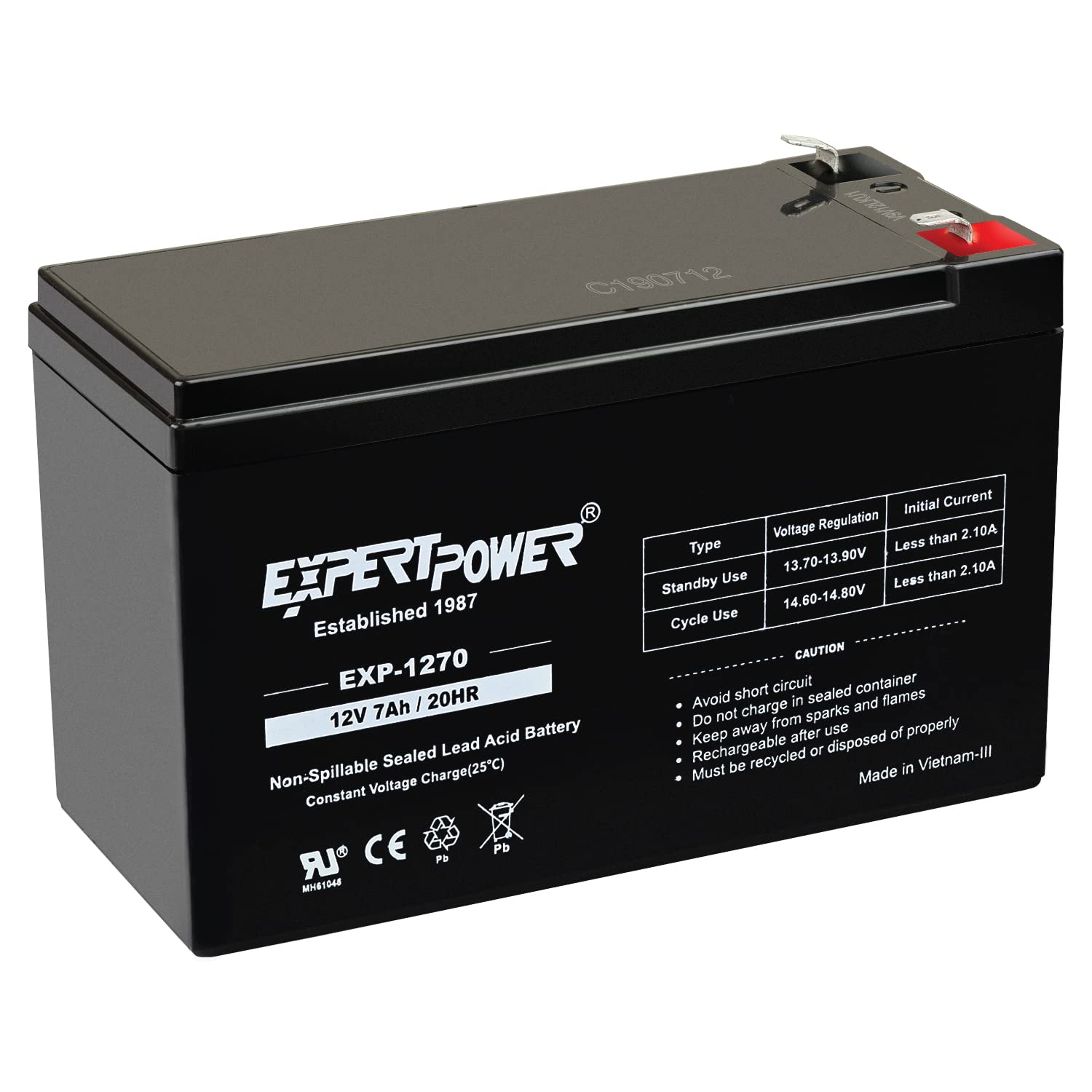
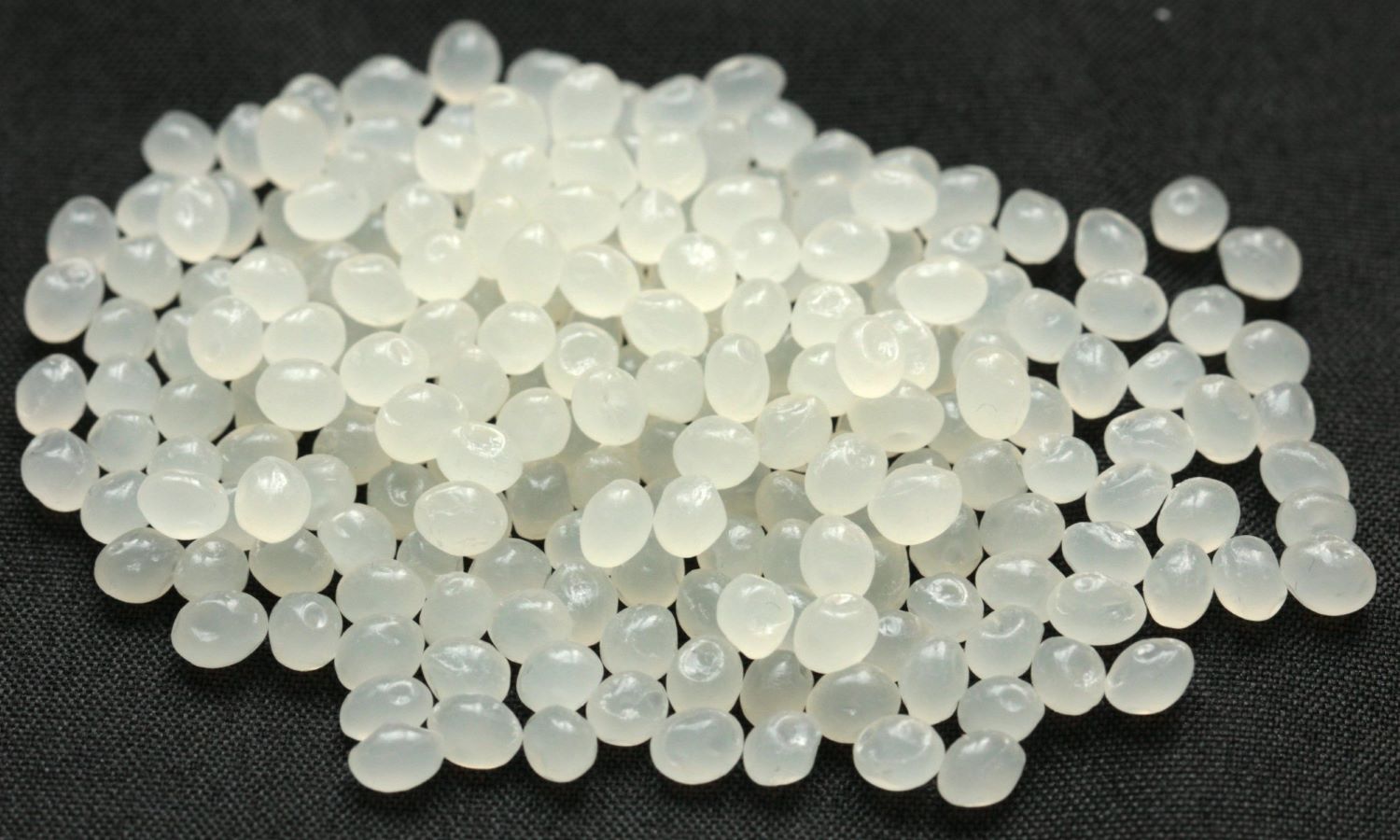


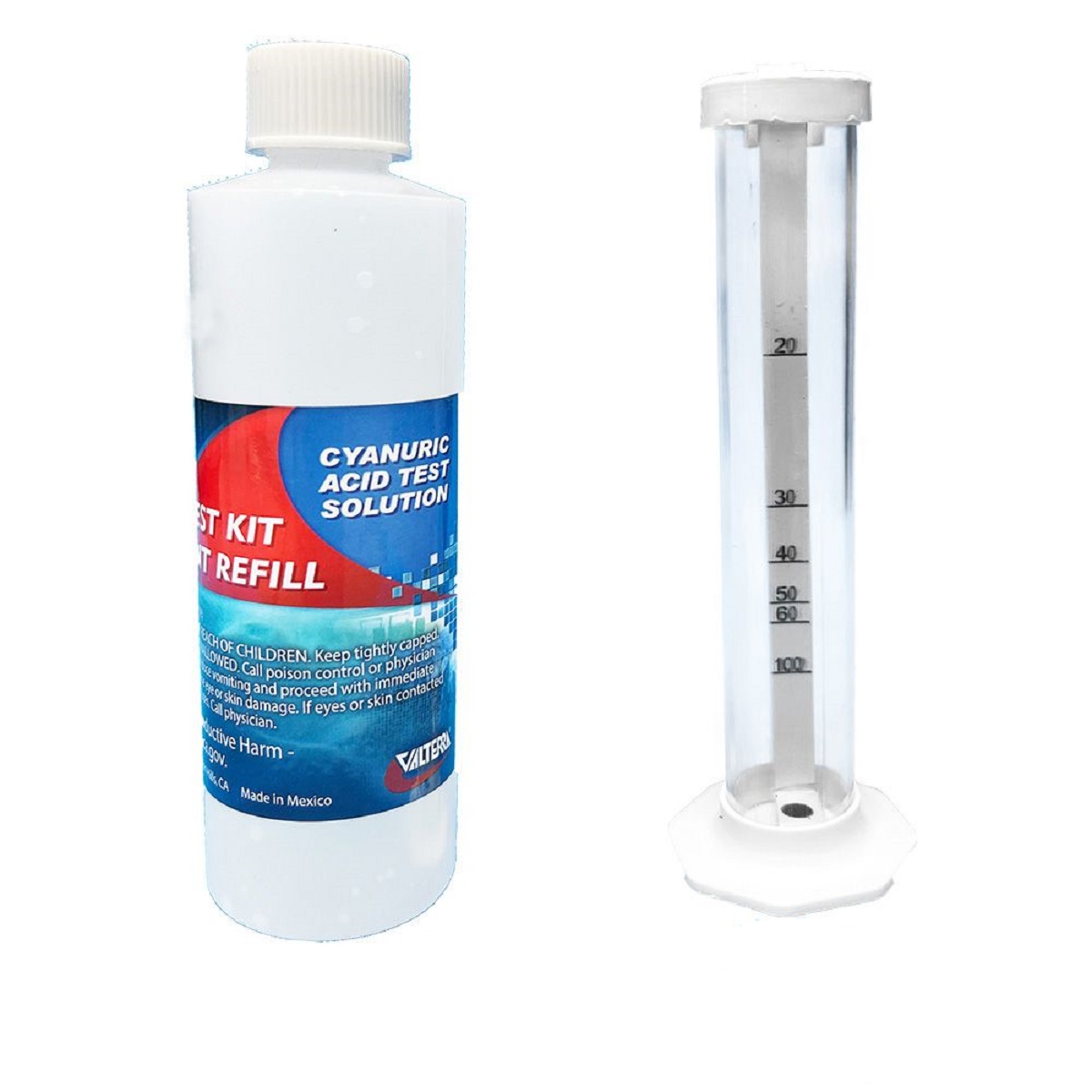
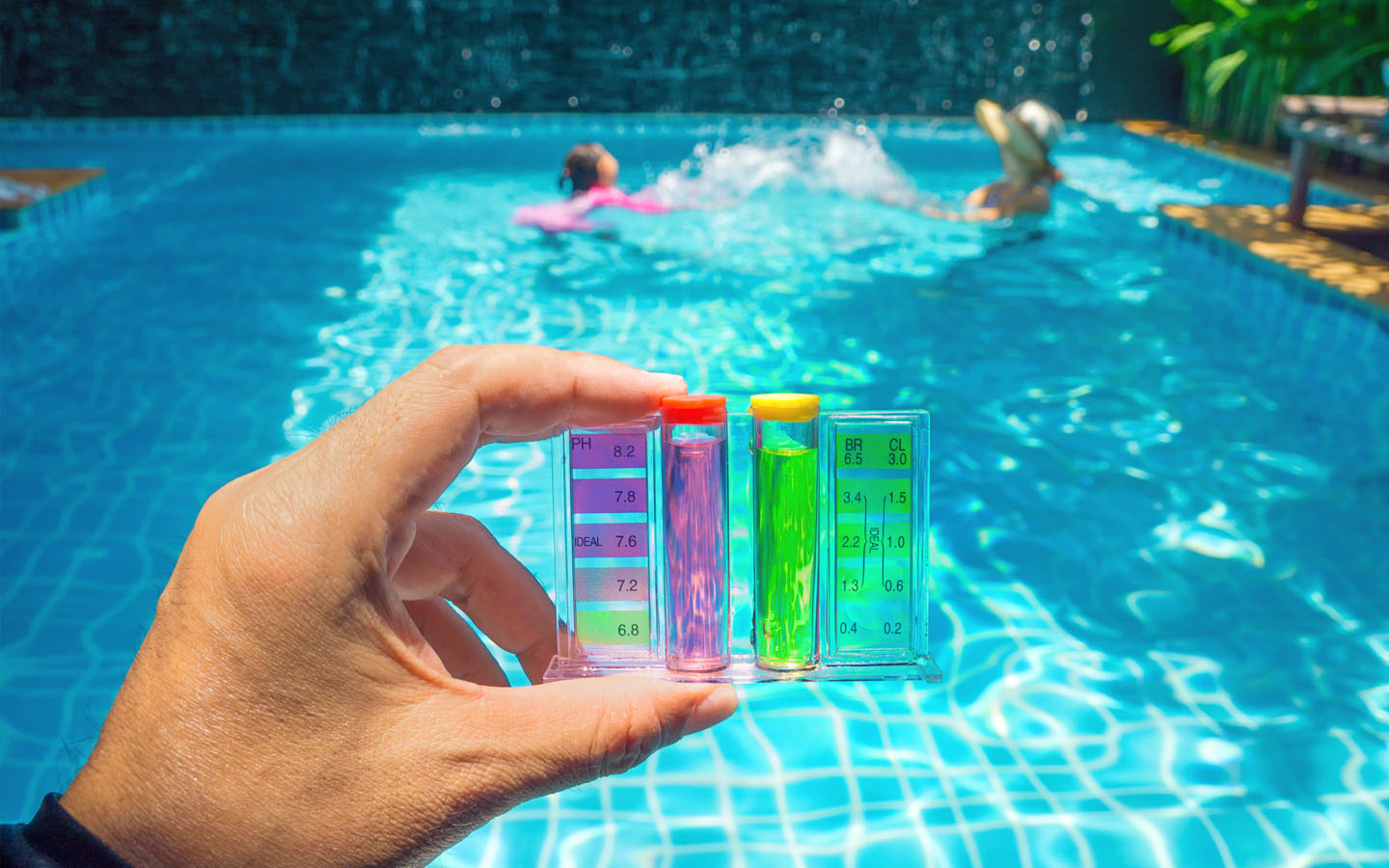





0 thoughts on “How To Store Nitric Acid”